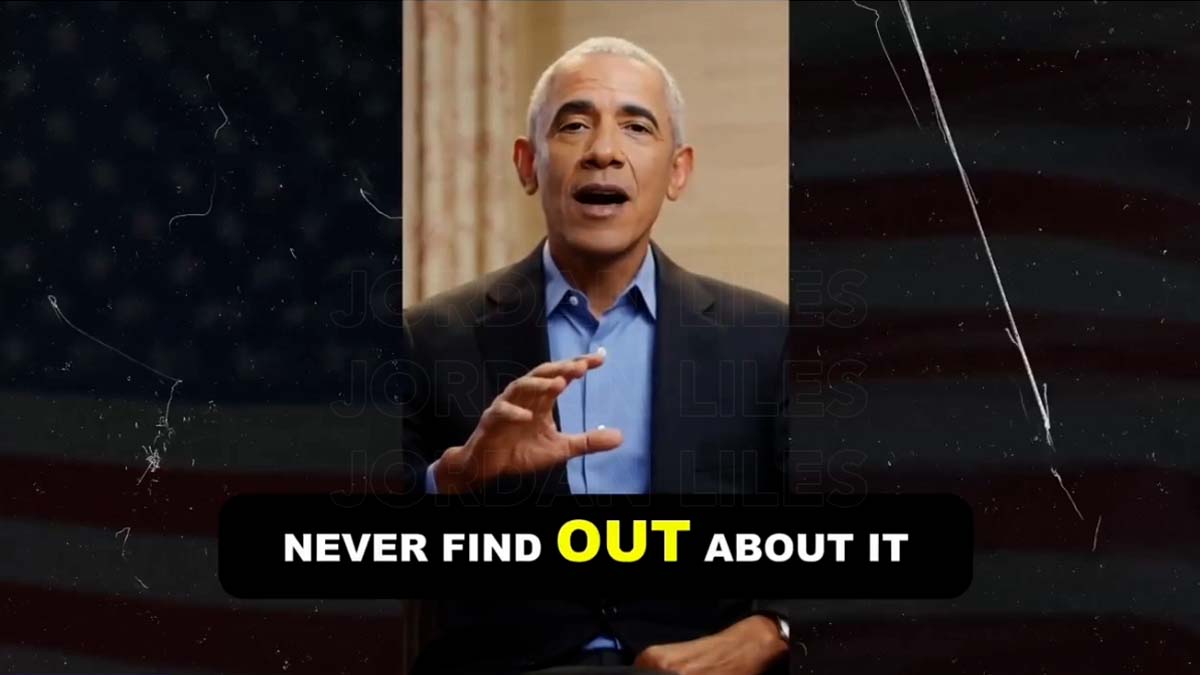The internet is rife with scams, and one of the latest to surface is the Recovery Money scheme, also known as American Refunds Recovery Money. This fraudulent operation preys on unsuspecting individuals by leveraging deepfake videos and fabricated endorsements from prominent figures like entertainment icon Oprah Winfrey, former U.S. President Barack Obama and President Donald Trump. The scam’s primary goal is to deceive people into believing they can claim substantial sums of money, ranging from $1,000 to $15,000, due to a supposed data leak from U.S. banks. In reality, it’s a sophisticated ploy designed to extract money from victims under false pretenses.
But what are the creators of Recovery Money really aiming for? Let’s take a closer look. First though, I created a fully-researched YouTube video about this subject, for those who would rather watch:
Understanding the Recovery Money Scam
The Recovery Money scam operates through a multi-faceted approach:
- Social Media Advertisements: The scam begins with ads on platforms like Facebook and Instagram, showcasing deepfake videos of Oprah Winfrey discussing a fictitious data leak from U.S. banks. These videos claim that due to this leak, American consumers can withdraw between $1,000 and $7,000.
- Redirecting to Fraudulent Websites: Clicking on these ads leads users to the website recoverymoneypro4.online, which hosts videos featuring AI-generated versions of Obama and Trump. These videos falsely assert that the U.S. government is offering monthly payments ranging from $8,000 to $15,000, and that individuals can claim these funds immediately.
- Payment for Access: To access these supposed funds, users are prompted to pay a fee of $97. This payment is a trap, as there are no funds to claim, and the scammers may further exploit victims by charging additional, unauthorized fees.
The Role of Deepfakes in the Scam
Deepfake technology is central to the Recovery Money scam’s deceptive strategy. By creating realistic-looking videos of well-known personalities endorsing the scheme, scammers lend an air of legitimacy to their fraudulent claims. These deepfakes are crafted using AI-generated audio and manipulated visuals to mimic the speech and appearance of public figures.
For instance, the scam features a video of Barack Obama stating:
“If you’re an American and you have a Social Security number, you’re entitled to a withdrawal that can range from $500 to $10,000. Money currently being held at the Federal Reserve.”
Similarly, a deepfake of Donald Trump claims:
“I’m going to show you how you can withdraw anywhere from $2,000 to $15,000 today. Money that should already be in your bank account.”
These fabricated endorsements are designed to exploit the trust and familiarity that individuals have with these public figures, making the scam more convincing.
Red Flags and Inconsistencies
Several warning signs indicate the fraudulent nature of the Recovery Money scheme:
- Inconsistent Information: The amounts of money promised vary across different parts of the scam, ranging from $500 to $15,000, which is a common tactic to confuse and entice victims. (ESSA Bank & Trust)
- Urgency and Pressure: The scam creates a false sense of urgency by claiming that the program ends soon, pressuring individuals to act quickly without due diligence.
- Lack of Transparency: The website lacks verifiable contact information, terms of service, or privacy policies, which are standard for legitimate organizations.
- Foreign Origins: Investigations reveal that the Facebook pages promoting the scam are managed from countries like Brazil and Mexico, raising questions about the operation’s legitimacy.
The $97 Fee and Potential for Additional Charges
Victims are asked to pay a $97 fee to access the supposed funds. However, this payment might merely be the beginning. Similar scams have been known to impose additional, unexpected charges on victims’ accounts, leading to significant financial losses. It’s crucial to understand that legitimate government programs do not require upfront payments to claim benefits.
Recovery Scams: A Double Threat
Adding insult to injury, some victims may be targeted again through “recovery scams.” In these schemes, individuals posing as “account recovery specialists” offer to help victims retrieve their lost funds for an additional fee. The Federal Trade Commission warns that these are often scams themselves, aiming to exploit victims a second time. (thescottishsun.co.uk, Consumer Advice)
No Legitimate Reviews or Endorsements
As of now, there are no credible reviews or endorsements of Recovery Money or American Refunds Recovery Money on platforms like the Better Business Bureau (BBB), Consumer Reports, or Trustpilot. The absence of legitimate reviews is a significant red flag, suggesting that the operation lacks transparency and accountability.
Protecting Yourself from Similar Scams
To safeguard against scams like Recovery Money:
- Verify Sources: Always cross-check information with official government websites or trusted news outlets.
- Be Skeptical of Unsolicited Offers: Be wary of unsolicited messages or advertisements promising large sums of money.
- Avoid Upfront Payments: Legitimate programs do not require upfront fees to access benefits.
- Report Suspicious Activity: If you encounter a potential scam, report it to the FTC or your local consumer protection agency.
Conclusion
The Recovery Money scam, under the guise of American Refunds Recovery Money, is a sophisticated operation that exploits technology and public trust to defraud individuals. By staying informed and vigilant, you can protect yourself and others from falling victim to such deceptive schemes.
Editor’s Note: I utilized ChatGPT to help write this article. However, ChatGPT used the transcript from a well-researched YouTube video I created about this subject, meaning hard work went into the creation of this scam-busting effort. Scammers use AI to scam people. It’s time we use AI to bust their scams.
